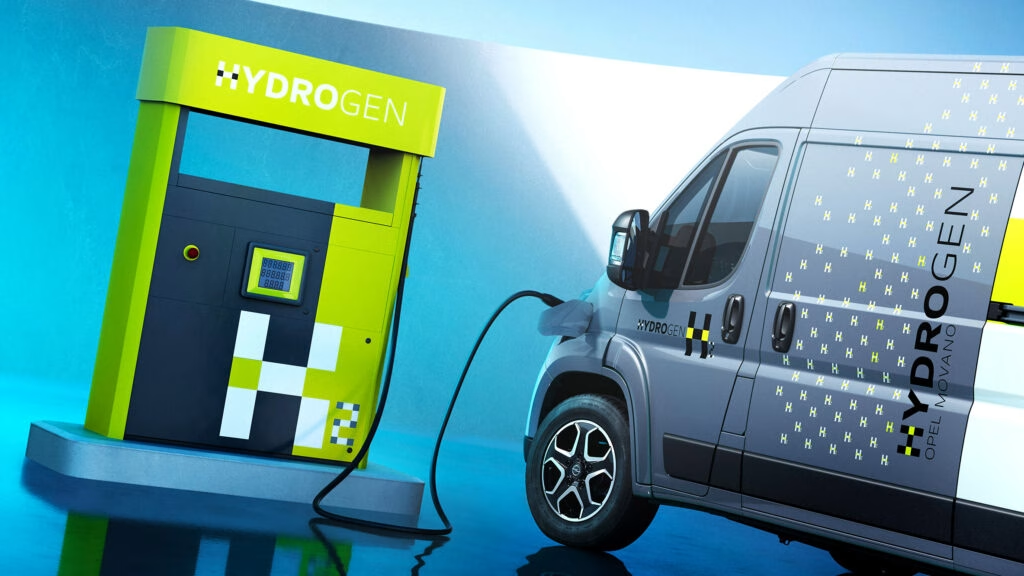Why Did Stellantis Pull the Plug on Hydrogen Vans Just Before Launch?
Stellantis, one of the world’s largest automakers, made headlines by abruptly halting its hydrogen fuel cell van program mere weeks before production was set to begin. The move left industry watchers scratching their heads—especially since the company had only recently touted hydrogen as a key part of its clean tech future. So, what changed?
According to Stellantis, the decision boiled down to three stubborn roadblocks: weak market demand, a glaring lack of hydrogen refueling infrastructure, and high upfront costs with little hope of short-term returns. Even with ambitious plans to roll out hydrogen-powered vans from factories in France and Poland, the numbers just didn’t add up. The company now says it doesn’t expect hydrogen light commercial vehicles (LCVs) to gain real traction before 2030, if at all.
What Happened to Stellantis’ Hydrogen Partnerships?
The ripple effects of Stellantis’ decision go beyond its own assembly lines. The company had invested heavily in Symbio, a joint venture with Michelin and Forvia aimed at scaling up hydrogen vehicle production in Europe and North America. Stellantis’ sudden exit caught its partners off guard. Michelin, in particular, called the move “unexpected” and warned it could lead to job losses.
Despite the shakeup, Stellantis has promised to keep current staffing levels at its production sites. Employees who were working on hydrogen R&D will be reassigned to other projects, a move that suggests the company is trying to soften the landing for its workforce.
Is Hydrogen Still a Niche, or Is There a Bigger Problem?
Hydrogen fuel cell vehicles have long been hailed as a promising alternative to battery electrics, especially for commercial fleets that need fast refueling and long range. But the reality on the ground is less rosy. As of early 2024, there are only about 1,000 public hydrogen refueling stations worldwide, with most clustered in just a handful of countries. Europe, despite its green ambitions, still faces a patchwork of infrastructure that makes cross-border hydrogen transport tricky at best.
Add to that the high cost of hydrogen production—especially green hydrogen made from renewable energy—and you’ve got a recipe for slow adoption. According to the International Energy Agency, producing green hydrogen can cost up to $6 per kilogram, several times higher than fossil-based hydrogen or electricity for battery vehicles. Without strong government incentives or a major breakthrough in technology, it’s tough for automakers to justify the investment.
Did Stellantis Ever Really Believe in Hydrogen?
If you look back, Stellantis’ relationship with hydrogen has always been a bit complicated. In January 2024, the company was still planning to launch eight hydrogen-powered van models, including the Citroen e-Jumpy and Opel Vivaro. The messaging was all about staying ahead in clean tech and meeting the needs of demanding commercial customers.
But rewind to 2021, and you’ll find former CEO Carlos Tavares expressing skepticism about hydrogen’s future. He argued that automakers betting big on hydrogen were falling behind in battery electric technology—a view that now seems prophetic. The company’s latest pivot suggests that, deep down, Stellantis may have always seen hydrogen as a long shot.
How Are Other Automakers Responding to Hydrogen’s Challenges?
Stellantis may be bowing out, but it’s not the end of the road for hydrogen. Toyota, Hyundai, BMW, Honda, and Renault are all doubling down on fuel cell research, betting that hydrogen will play a crucial role in decarbonizing heavy transport, buses, and even passenger cars in the long run. Toyota’s latest third-generation fuel cell stack, for example, is 20% more efficient and significantly cheaper than its predecessor—a sign that the technology is still evolving.
Some governments are also stepping up. The European Union has earmarked billions for hydrogen infrastructure as part of its Green Deal, and Germany alone plans to have 400 hydrogen refueling stations by 2026. Still, these efforts will take years to bear fruit, and the commercial case for hydrogen remains shaky for now.
What Does This Mean for the Future of Clean Commercial Vehicles?
Stellantis’ pivot is a reality check for anyone following the clean mobility transition. Battery electric vehicles (BEVs) are winning the race for now, thanks to falling battery costs, expanding charging networks, and strong regulatory support. For commercial fleets, the choice increasingly comes down to practicalities: What’s available, affordable, and reliable today?
That said, hydrogen isn’t dead—it’s just on a slower track. The technology still holds promise for sectors where batteries fall short, like long-haul trucking or industrial transport. But for the next five to ten years, expect most new commercial vans to be electric or hybrid, not hydrogen-powered.
The big takeaway? Clean tech innovation isn’t about picking winners and losers—it’s about making smarter, more flexible choices as the landscape shifts. Start by watching where infrastructure and incentives are headed, and you’ll be better prepared to spot the next real breakthrough.

